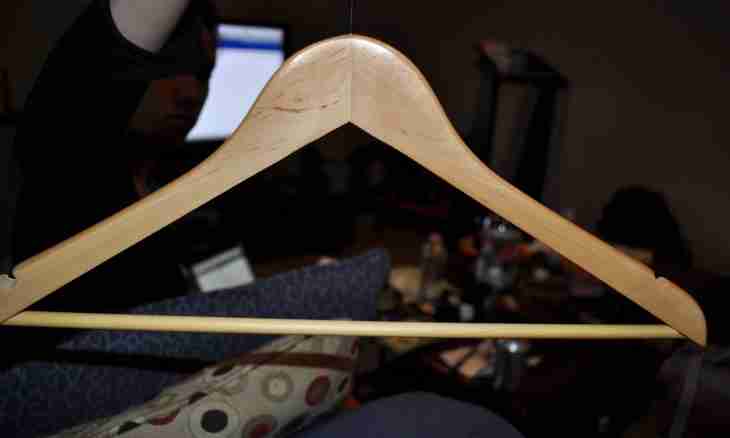The triangle in which lengths of two of its parties are identical is called isosceles. To calculate the size any of the parties it is necessary to know length of other party and one of corners or radius of the circle described around a triangle. Depending on the known sizes, for calculations it is necessary to use the formulas following from theorems of a sine or cosine, or from the theorem of projections.
Instruction
1. If length of the basis of an isosceles triangle (A) and size of a corner, adjacent to it is known (a corner between the basis and any side) (α), then it is possible to calculate length of each of sides (B) proceeding from the theorem of cosines. It will be equal private from division of length of the basis into the doubled value of a cosine of the known corner of B=A / (2*cos(α)).
2. Length of the party of an isosceles triangle which is its basis (A) can be calculated proceeding from the same theorem of cosines if length of its side (B) and a corner between it and the basis are known (α). It will be equal to the doubled work of the known party on a cosine of the known corner of A=2*B*cos(α).
3. Other method of finding of length of the basis of an isosceles triangle can be used if size opposite is known to it a corner (β) and length of side (B) of a triangle. It will be equal to the doubled work of length of side on a sine of a half of size of the known corner of A=2*B*sin (β/2).
4. It is similarly possible to remove also a formula of calculation of side of an isosceles triangle. If length of the basis (A) and size of a corner between the equal parties is known (β), then length of each of them will be equal (B) private from division of length of the basis into the doubled sine of a half of size of the known corner of B=A / (2*sin (β/2)).
5. If the radius of the circle (R) described around an isosceles triangle is known, then lengths of its parties can be calculated, knowing the size of one of corners. If corner size between sides is known (β), then length of the party which is the basis (A) will be equal to the doubled work of radius of a circumscribed circle on a sine of this corner of A=2*R*sin(β).
6. If the radius of a circumscribed circle (R) and size of a corner adjacent to the basis are known (α), then length of side (B) will be equal to the doubled work of length of the basis on a sine of the known corner of B=2*R*sin(α).
